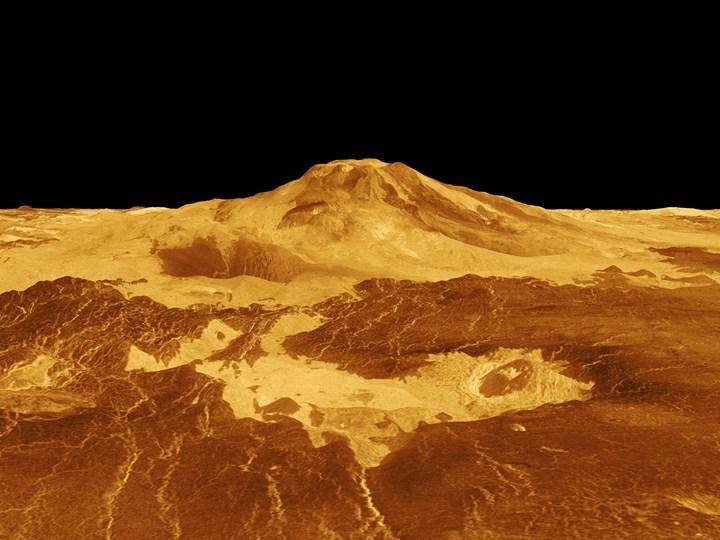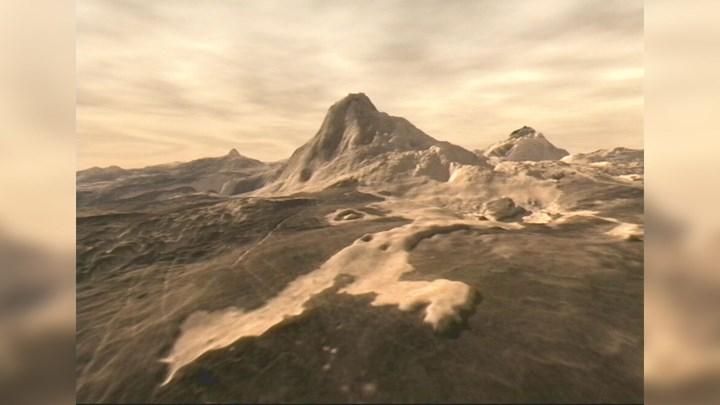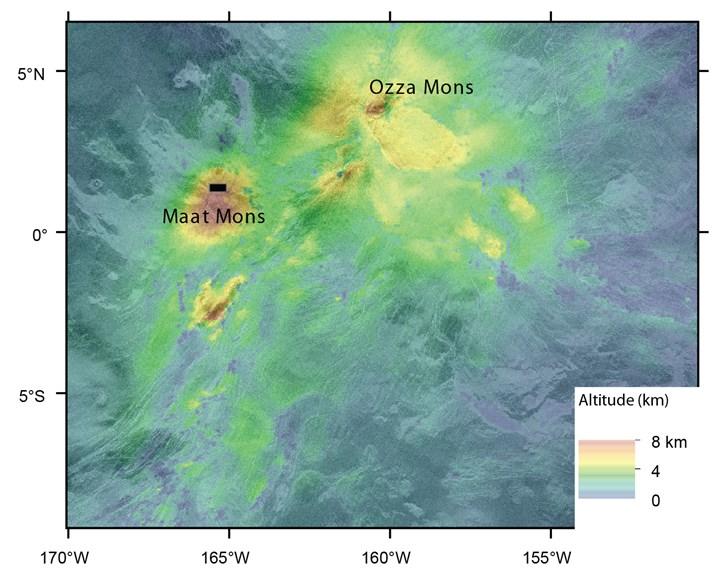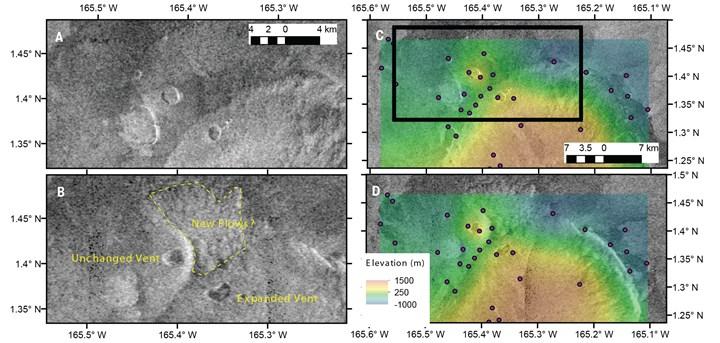 The surface of Venus, choked with sulfuric acid fumes and scorched by temperatures high enough to melt lead, is absolutely lifeless. For decades, researchers thought the planet itself was dead, covered by a thick, stagnant crust of crust, and not “altered” by active volcanoes. Recently, however, hints of volcanism have begun to rise, and scientists have proven that there is an eruption on the planet. It seems Venus is still alive, at least geologically.
The surface of Venus, choked with sulfuric acid fumes and scorched by temperatures high enough to melt lead, is absolutely lifeless. For decades, researchers thought the planet itself was dead, covered by a thick, stagnant crust of crust, and not “altered” by active volcanoes. Recently, however, hints of volcanism have begun to rise, and scientists have proven that there is an eruption on the planet. It seems Venus is still alive, at least geologically.Behind this discovery is NASA’s Magellan spacecraft, which orbited Venus nearly 30 years ago and used radar to peer through thick clouds. Images taken 8 months apart show a volcano’s caldera growing dramatically with a sudden collapse. On Earth, such collapses occur when magma supporting the caldera drains or flows away, such as during an eruption in Hawaii’s Kilauea volcano in 2018.
Venus is not a dead planet
 After this discovery, it is stated that Venus has regularly active volcanoes just like Earth. “We can ignore that it’s a dying planet,” says planetary scientist Robert Herrick of the University of Alaska, who led the study. Herrick detected changes in the images of Atla Regio, a vast mountainous region home to Venus’ two largest volcanoes, Ozza Mons and Maat Mons. Both are similar to Earth’s largest volcanoes, Herrick says.
After this discovery, it is stated that Venus has regularly active volcanoes just like Earth. “We can ignore that it’s a dying planet,” says planetary scientist Robert Herrick of the University of Alaska, who led the study. Herrick detected changes in the images of Atla Regio, a vast mountainous region home to Venus’ two largest volcanoes, Ozza Mons and Maat Mons. Both are similar to Earth’s largest volcanoes, Herrick says.
 The images and data obtained cover the year 1991 and show Maat Mons becoming an active volcano. The differences are obvious, but both images are said to have been shot from opposite angles and perspectives. In addition, it should be noted that the images at hand are much lower resolution compared to the images taken by the cameras in modern spacecraft.
The images and data obtained cover the year 1991 and show Maat Mons becoming an active volcano. The differences are obvious, but both images are said to have been shot from opposite angles and perspectives. In addition, it should be noted that the images at hand are much lower resolution compared to the images taken by the cameras in modern spacecraft.New Venus missions can make big discoveries
 Volcanoes are like windows into the planet for scientists and allow them to learn more about the factors that affect the planet’s habitability. This discovery is a preview of what else can be found with three new Venus missions to launch over the next decade—the European EnVision orbiter, NASA’s DAVINCI and VERITAS missions. With these new missions, how Venus, which was once a habitable planet like Earth, became this way will be better understood with new findings and will show us a way for the future of the Earth.
Volcanoes are like windows into the planet for scientists and allow them to learn more about the factors that affect the planet’s habitability. This discovery is a preview of what else can be found with three new Venus missions to launch over the next decade—the European EnVision orbiter, NASA’s DAVINCI and VERITAS missions. With these new missions, how Venus, which was once a habitable planet like Earth, became this way will be better understood with new findings and will show us a way for the future of the Earth.